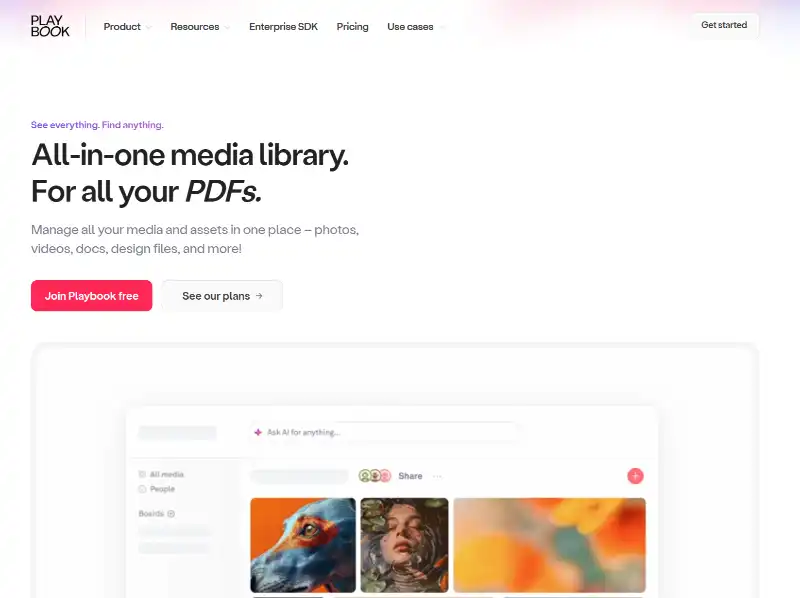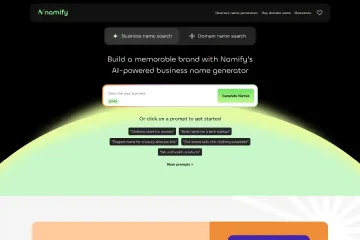
Mastering Playbook: A Practical Guide for AI-Powered Workflows
In today’s fast-paced digital landscape, automation tools like Playbook have become indispensable for streamlining complex workflows. This tutorial will walk you through the core concepts, practical applications, and best practices for leveraging Playbook effectively in your AI projects.
What Makes Playbook Special?
Unlike simple automation scripts, Playbook provides a structured framework for orchestrating multi-step AI processes. Think of it as a conductor coordinating an orchestra – where individual modules (instruments) perform specialized tasks, and Playbook (the conductor) ensures harmonious execution. The platform’s YAML-based configuration allows both technical and non-technical users to design sophisticated automation sequences with human-readable syntax.
Core Components Explained
- Tasks – The building blocks of automation. Each task represents a discrete action like data preprocessing, model training, or output generation.
- Modules – Reusable components that perform specific functions. Playbook supports hundreds of pre-built modules for common AI operations.
- Handlers – Special tasks triggered by specific events, useful for error recovery or conditional workflows.
- Variables – Dynamic placeholders that make your playbooks adaptable to different scenarios.
Writing Your First Playbook
Start with a simple text editor (VS Code with YAML plugin recommended) and follow this basic structure:
yaml Copy Code- name: Sample AI Pipeline
hosts: localhost
tasks:
- name: Data preprocessing
module: pandas_cleaner
args:
input_file: "{{ data_path }}"
output_dir: "./processed"
- name: Model training
module: tensorflow_trainer
args:
epochs: 50
batch_size: 32
Key formatting rules:
- Always use spaces (not tabs) for indentation
- Maintain consistent alignment for same-level items
- Include descriptive ‘name’ fields for each task
- Quote strings containing special characters
Advanced Techniques
For complex AI workflows, consider these powerful features:
- Error Handling: Configure automatic retries for flaky API calls
- Parallel Execution: Speed up pipelines by running independent tasks concurrently
- Dynamic Includes: Reuse common workflow segments across projects
- Secret Management: Safely handle API keys and credentials
Security Considerations
When working with sensitive AI models or data:
- Always validate input/output file paths
- Use environment variables for credentials
- Enable SELinux contexts for production deployments
- Regularly audit playbook execution logs
Optimization Tips
- Modular Design: Break large playbooks into smaller, reusable components
- Tagging System: Label tasks for selective execution (e.g., –tags=”preprocessing”)
- Dry Runs: Test with –check flag before actual execution
- Version Control: Track changes using Git for collaborative development
Real-World Applications
From our community case studies:
- A computer vision team reduced model deployment time from 8 hours to 15 minutes
- An NLP startup automated their entire training/evaluation pipeline
- A healthcare AI group created reproducible research workflows
Getting Started Resources
- Official documentation at playbook.com (ensure secure connection)
- Community-maintained module library
- Interactive tutorial environments
- Sample playbooks for common AI frameworks
Remember: The true power of Playbook emerges when you stop thinking about individual tasks and start designing complete, self-documenting workflows. As you grow more comfortable with the paradigm, you’ll discover opportunities to automate aspects of your AI work that previously seemed impossible to streamline.
For teams transitioning from manual processes, begin with small, high-impact automations before tackling complex pipelines. The learning curve pays dividends in saved time and reduced errors – crucial advantages in fast-moving AI projects where reproducibility and efficiency make all the difference.











